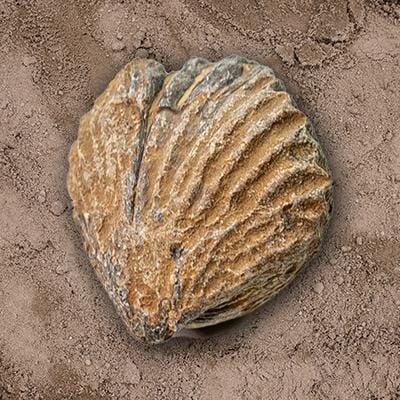
FOSSILS
Brachiopods
The shells of brachiopod fossils resemble wings. They assist you in releasing old notions that are weighing you down and so inwardly "flying." This form of brachiopod is known as a Stone Swallow in China, Little Doves in the European alps, and Delabole Butterflies in Delabole, Cornwall, England. The term "brachiopod" is derived from the Greek terms for arm and foot. Brachiopods were previously called "lamp shells" due to their resemblance to ancient Roman oil lamps.
Brachiopods in Geology
Geologists can benefit from fossil brachiopods. They are usually solid and plentiful, with a wide range of morphological variety. Brachiopods are prevalent in some Paleozoic rocks developed in shallow water and can make up the majority of the rock. They give an extraordinarily rich record of practically the entire history of an animal phylum, making them useful for studying evolutionary processes as well as paleoecology, paleobiogeography, and geology.
How to Use Brachiopods
Brachiopods are ancient creatures that were once very common. They are now quite rare, and they require special care to keep them in good health.
Brachiopods are a type of fossil that can be used to cleanse and energize the aura. When placed in full moon moonlight for an hour, it is believed to bring about a positive transformation and the removal of negative energy. It can also be moved through sage smoke or incense, placed in rice, or buried in the earth overnight.
Useful Links
Subscribe Now
Don’t miss our future updates!
Subscribe Today!
Copyright © 2023 Pigeon Forge Gem Mine. All Rights Reserved




